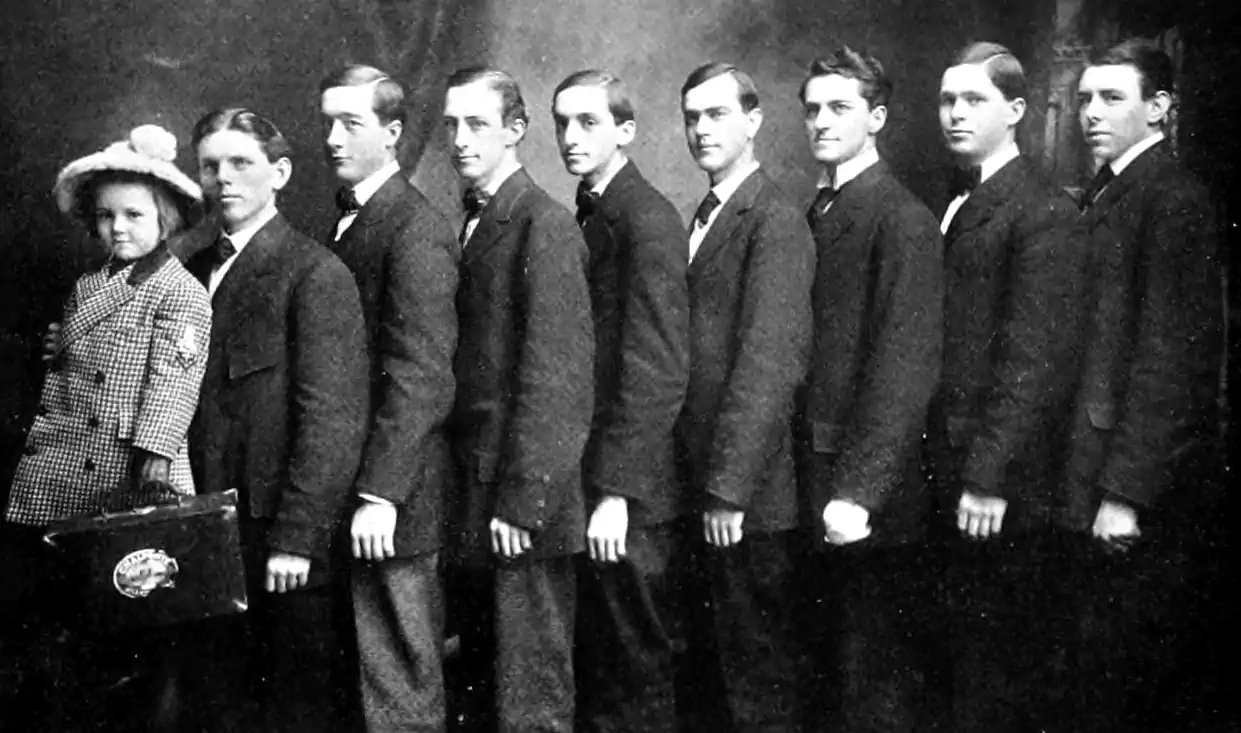Frames and Riesz bases
Generalisations of orthogonal bases
June 12, 2017 — February 23, 2021
Suspiciously similar content
You want a fancy basis for your vector space? Try frames! You might care in this case about restricted isometry properties.
Morgenshtern and Bölcskei (Morgenshtern and Bölcskei 2011):
Hilbert spaces and the associated concept of orthonormal bases are of fundamental importance in signal processing, communications, control, and information theory. However, linear independence and orthonormality of the basis elements impose constraints that often make it difficult to have the basis elements satisfy additional desirable properties. This calls for a theory of signal decompositions that is flexible enough to accommodate decompositions into possibly nonorthogonal and redundant signal sets. The theory of frames provides such a tool. This chapter is an introduction to the theory of frames, which was developed by Duffin and Schaeffer (Duffin and Schaeffer 1952) and popularized mostly through (Ingrid Daubechies 1992; I. Daubechies 1990; Heil and Walnut 1989; Young 2001). Meanwhile frame theory, in particular the aspect of redundancy in signal expansions, has found numerous applications such as, e.g., denoising, code division multiple access (CDMA), orthogonal frequency division multiplexing (OFDM) systems, coding theory, quantum information theory, analog-to-digital (A/D) converters, and compressive sensing (Candès and Tao 2006; David L. Donoho 2006; David L. Donoho and Elad 2003). A more extensive list of relevant references can be found in (Kovačević and Chebira 2008). For a comprehensive treatment of frame theory we refer to the excellent textbook (Christensen 2016).
A compact signal-processing-oriented intro for engineers is Jorgensen and Song (2007).
